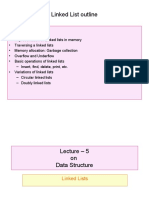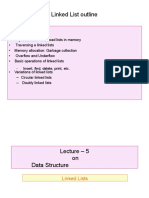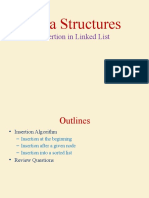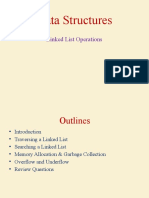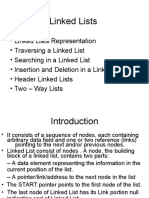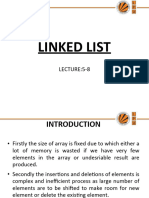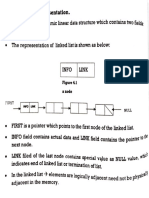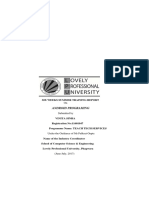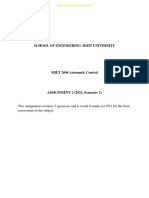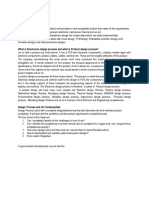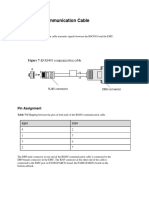0% found this document useful (0 votes)
17 views36 pagesLecture 3 Data Structure Linked List
This document provides an introduction to linked lists, highlighting their advantages over arrays, such as dynamic memory allocation and efficient insertion/deletion operations. It covers various aspects of linked lists, including their structure, algorithms for searching, inserting, and deleting nodes, as well as concepts like garbage collection, overflow, and underflow. Additionally, it discusses two-way lists and header linked lists, emphasizing their traversal capabilities and structural differences.
Uploaded by
far2566889Copyright
© © All Rights Reserved
We take content rights seriously. If you suspect this is your content, claim it here.
Available Formats
Download as PDF, TXT or read online on Scribd
0% found this document useful (0 votes)
17 views36 pagesLecture 3 Data Structure Linked List
This document provides an introduction to linked lists, highlighting their advantages over arrays, such as dynamic memory allocation and efficient insertion/deletion operations. It covers various aspects of linked lists, including their structure, algorithms for searching, inserting, and deleting nodes, as well as concepts like garbage collection, overflow, and underflow. Additionally, it discusses two-way lists and header linked lists, emphasizing their traversal capabilities and structural differences.
Uploaded by
far2566889Copyright
© © All Rights Reserved
We take content rights seriously. If you suspect this is your content, claim it here.
Available Formats
Download as PDF, TXT or read online on Scribd
/ 36










